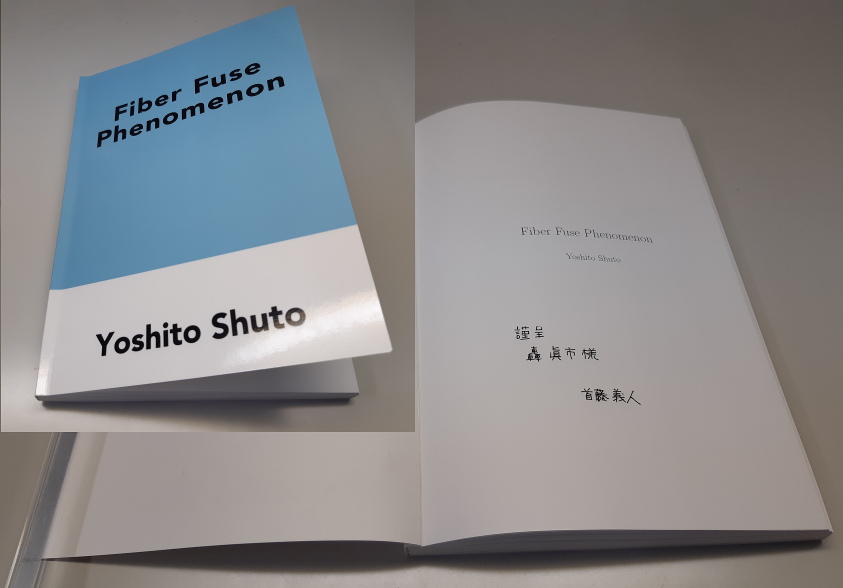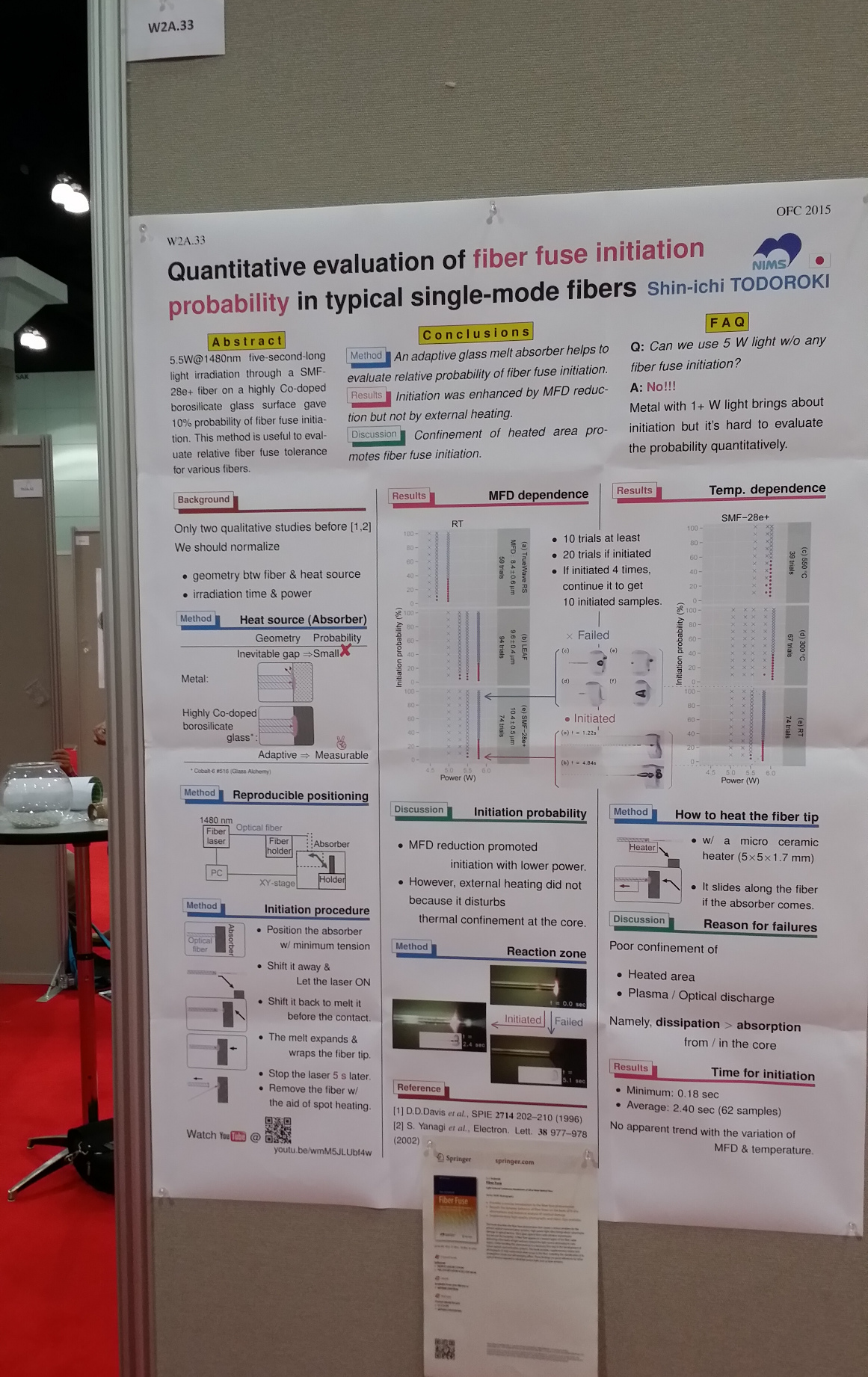Space-Division Multiplexing in Optical Communication Systems
Extremely Advanced Optical Transmission with 3M Technologies
https://doi.org/10.1007/978-3-030-87619-7
Springer Series in Optical Sciences book series (SSOS,volume 236)
Chapter 7 High power issues
Toshio Morioka, Kazi S. Abedin, Nobutomo Hanzawa, Kenji Kurokawa, Kazunori Mukasa, Ryo Nagase, Hidehiko Takara, Shin-ichi Todoroki, Makoto Yamada & Shuichi Yanagi
Pages 409-451 https://doi.org/10.1007/978-3-030-87619-7_7
I wrote “7.1.1 Basic Properties.”



